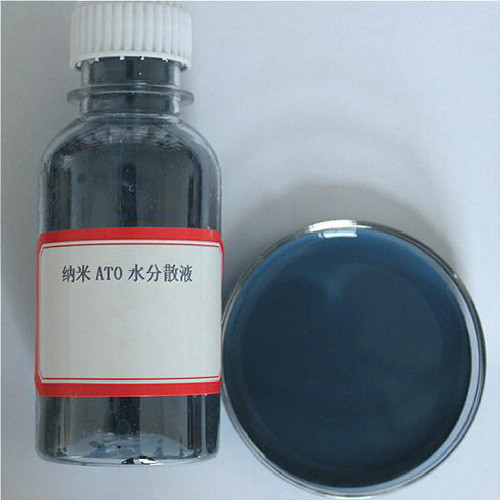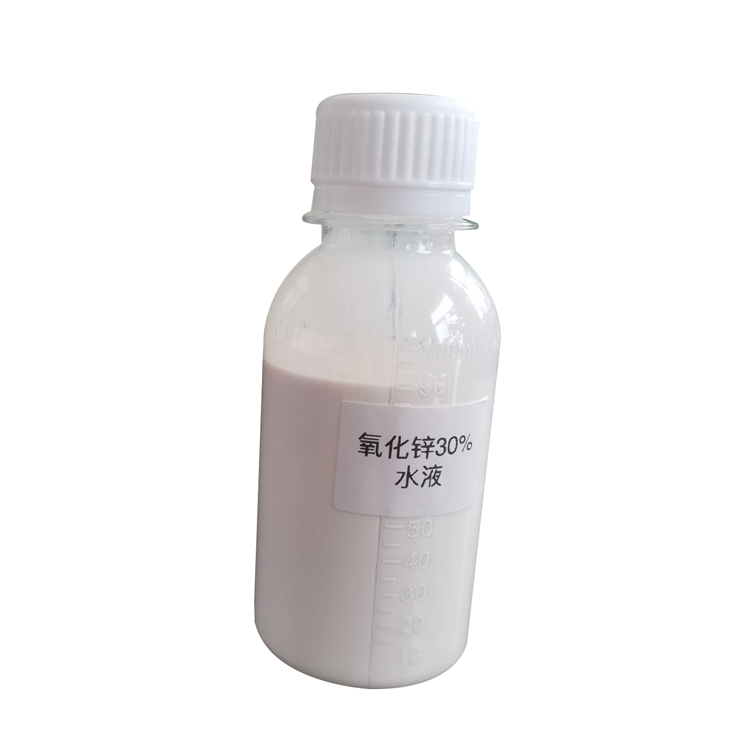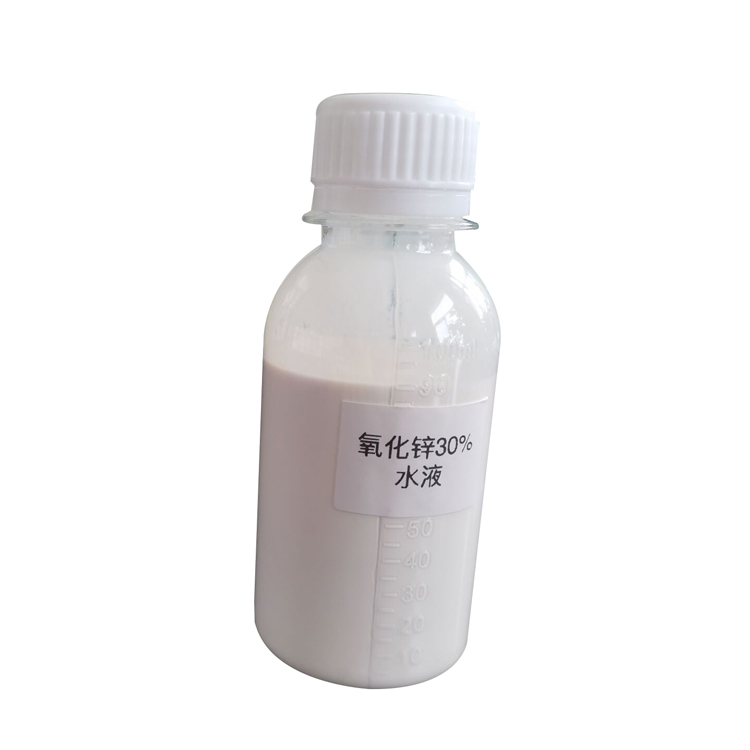There are different methods to measure the particle size of powders, depending on the size range of the particles and the desired accuracy of the measurement. Here are some common techniques:
Light diffraction/scattering: This method is based on the fact that when a light beam passes through a particle, it is diffracted/scattered in different directions depending on the particle size. The intensity and angle of the diffracted/scattered light can be used to determine the particle size distribution. Examples of light diffraction/scattering techniques include Laser Diffraction, Dynamic Light Scattering (DLS), and Static Light Scattering (SLS).
Microscopy: Microscopy techniques can provide direct imaging of the particles, allowing for visual inspection of the size and shape of the particles. Examples of microscopy techniques include Electron Microscopy (SEM, TEM), Atomic Force Microscopy (AFM), and Optical Microscopy.
Sedimentation: This technique is based on the principle that larger particles settle faster than smaller particles in a liquid medium. By measuring the rate of sedimentation and the properties of the liquid medium, the particle size can be calculated. Examples of sedimentation techniques include Microscopy Particle Image Analysis (MPIA) and Centrifugal sedimentation.
Gas adsorption: This method is based on the principle that when a gas is adsorbed onto a particle, it changes the surface area of the particle. By measuring the change in surface area and the volume of gas adsorbed, the particle size can be calculated. Examples of gas adsorption techniques include Gas Adsorption Porosimetry, Mercury Intrusion, and BET surface area analysis.
In summary, there are multiple techniques available to measure the particle size of powders, and the choice of the technique depends on the size range and accuracy required.

























